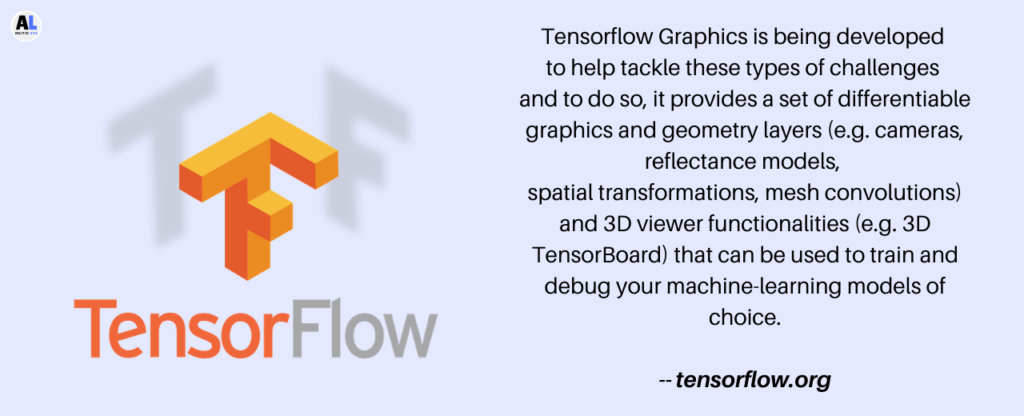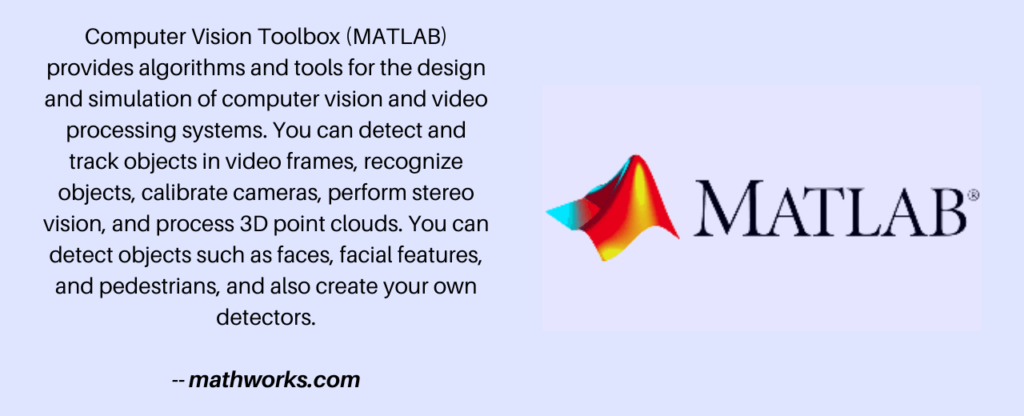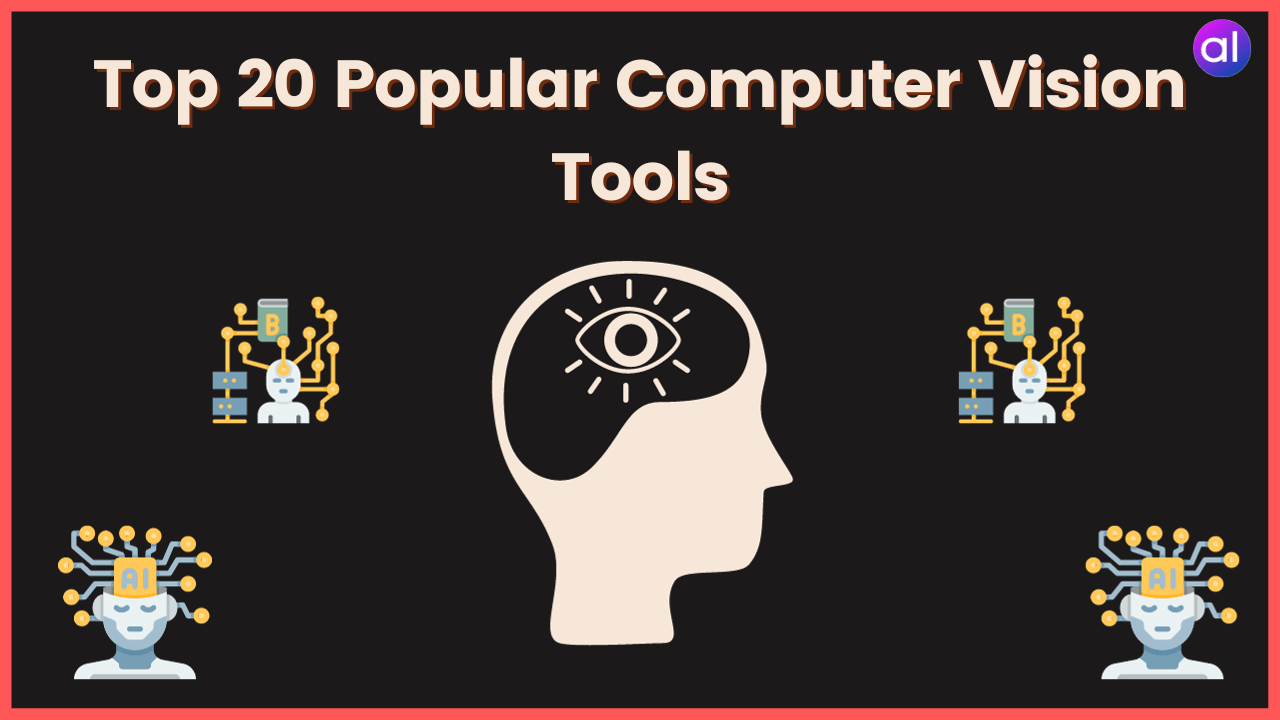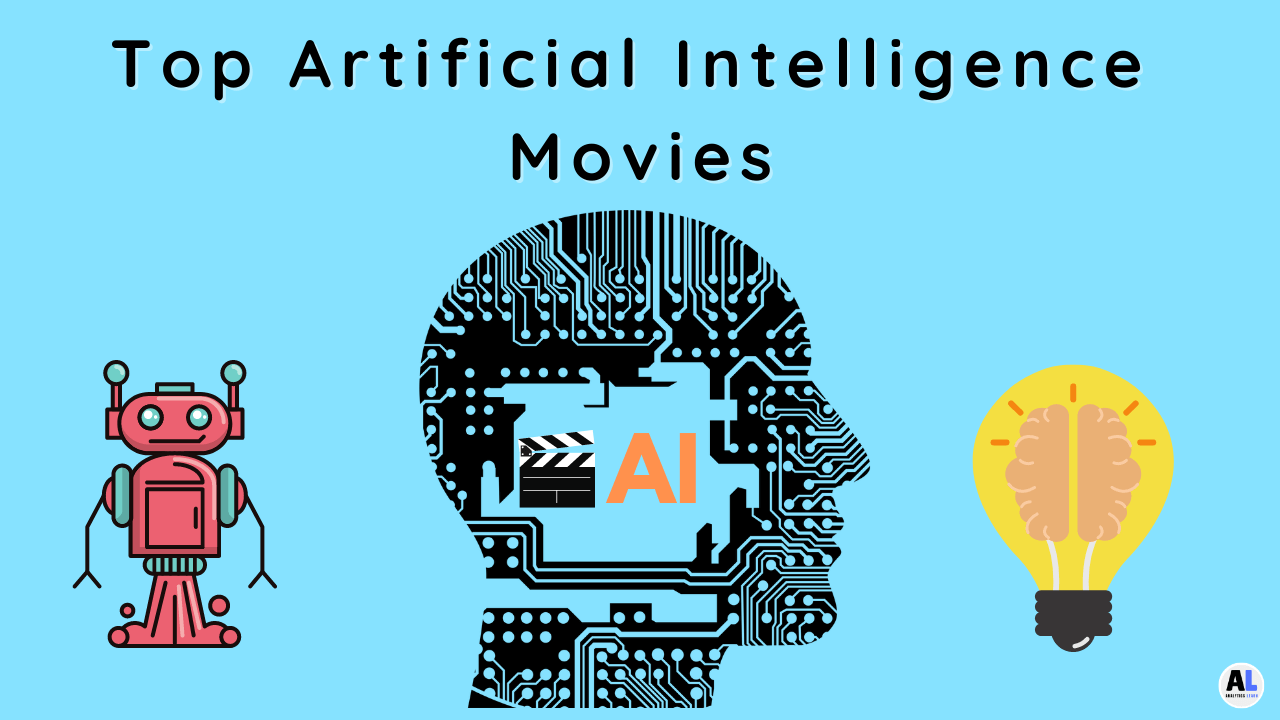Computer vision is a complex field that uses multimedia information received from computers to analyze images and videos using AI-based tools.
Internet users are producing a large amount of data every single day like posting images on Instagram and uploading videos on YouTube and so on.
These huge images and video data can be difficult to index and maintain, which can easily handle by computer algorithms.
Computer vision and CV tools are very important to organize huge and complex unstructured data easily which needs only meta descriptions.
It is a very complex field that includes several computers concerning information related to images or videos.
Computer vision is a subset or part of artificial intelligence and machine learning that prepares and investigates several images or videos to gain valuable data using efficient tools.
The fascinating learning algorithms for facial recognition, object identification, image restoration, scene reconstruction are included in Computer Vision.
Related Article: What Is The Difference Between Data Science And Artificial Intelligence?
What is a Computer Vision?
Computer Vision is a subfield of artificial intelligence (AI) and computer science that focuses on enabling computers and machines to interpret and understand visual information from the world, similar to how humans perceive and comprehend visual data through their eyes and brains.
It involves the development of algorithms, models, and systems that can process and extract meaningful insights from images and videos.
Key components and tasks within the field of Computer Vision include:
- Image and Video Analysis: The core of computer vision involves analyzing images and videos to extract valuable information. This includes tasks like object detection, image segmentation, and motion tracking.
- Object Recognition: Computer Vision systems can be trained to recognize and classify objects within images or video frames. This is widely used in applications such as facial recognition, object detection in autonomous vehicles, and quality control in manufacturing.
- Image Segmentation: This task involves dividing an image into meaningful segments or regions. It’s used in medical imaging to identify organs, in satellite imagery to classify land use, and in robotics to navigate environments.
- Optical Character Recognition (OCR): OCR technology is used to extract text from images or scanned documents. It’s applied in digitizing printed documents, automating data entry, and aiding visually impaired individuals.
- Pose Estimation: Computer Vision systems can determine the spatial orientation and pose of objects or people within images or video. This is crucial in applications like augmented reality, gesture recognition, and robotics.
- Feature Extraction: Features such as edges, corners, or textures are extracted from images to represent their key characteristics. These features can be used for object matching and recognition.
- 3D Reconstruction: Computer Vision can be used to reconstruct 3D scenes or objects from 2D images, which has applications in 3D modeling, virtual reality, and robotics.
- Motion Analysis: Computer Vision systems can analyze the motion of objects within video sequences. This is valuable in surveillance, sports analytics, and tracking moving objects like drones or vehicles.
- Deep Learning in Computer Vision: Deep learning techniques, particularly Convolutional Neural Networks (CNNs), have revolutionized computer vision by enabling highly accurate image classification, object detection, and segmentation tasks. Deep learning models have achieved human-level performance on several vision-related tasks.
- Applications: Computer Vision has a wide range of practical applications across various industries, including healthcare (medical imaging and diagnostics), automotive (autonomous driving), retail (facial recognition for payment and inventory management), agriculture (crop monitoring), and entertainment (virtual reality and augmented reality experiences).
Computer Vision continues to advance rapidly, driven by developments in machine learning, increased computational power, and the availability of large datasets.
As a result, it plays a critical role in various AI-driven technologies and is poised to have an even greater impact on industries and everyday life in the future.
Related Article: What is Computer Vision in AI?: The Ultimate Guide
Top Computer Vision Tools:
There are Several tools exist for working with images and videos in computer vision.
In the upcoming article, we’ll specifically explore the top computer vision tools, providing a detailed examination of each.
1. OpenCV

It is an open-source or free-to-use computer vision tool and library in deep learning that holds numerous distinct functions and image processing attributes.
OpenCV has designed and delivered in the Year 2000 by Intel and later on makes it a free-to-use community.
It has many different algorithms related to computer vision that can play efficiently and operate on real-time applications.
Facial detection and recognition, object identification, tracking eye movements and camera movements, obtaining 3D models, moving objects monitoring, building an augmented reality, image recognition, etc all the tasks can do using OpenCV.
OpenCV offers an interface to programming like Python, MATLAB, Java, and C++ and it supports multiple operating systems like Linux, Windows, Mac, and Android, etc.
It covers all the fundamental approaches and techniques of computer vision to work out images and video processing tasks, using programming languages and tools.
It is the most well-known and highly valuable library in python so OpenCV-Python was made as an official project for reliable hardware usability and multi-platform operation.
2. Tensorflow

TensorFlow is an open-source platform that accommodates a wide variety of tasks, and other backend support for AI and Machine Learning including Computer Vision.
It is a good model building and easy-to-code python library used as backed for various python libraries like Keras and others for deep learning operations.
It utilizes for training a deep learning model associated with computer vision that includes object identification, face recognition, and so on.
Tensorflow is the most well-known symbolic math library massively used for large data and used for deep learning applications like neural networks.
TensorFlow 2.0 supports different predictive models that are used for picture and speech recognition, object detection, reinforced learning, recommendations of products, etc.
Similar kinds of predictive models permit you to utilize your own best practices and build up your individual unique solutions.
Related Article: What is Q learning? | Deep Q-learning
3. MATLAB

MATLAB is a mathematical computing environment developed by MathWorks in 1984 for advanced mathematical and scientific operations.
It comprises the CV Toolbox for executing numerous algorithms and functions like 3D reconstruction,3-D camera calibration, object tracking, etc.
The machine learning algorithms like ACF, Faster R-CNN, the benefit to create and train custom object detector and recognition applications in MATLAB.
The Matlab algorithms run on GPUs and multicore processors for the fastest execution and they support code generation in programming like C and C++.
MATLAB is a prominent tool for research and that makes it a better image processing application for fast research prototyping.
Other programming benefits can be It generates different suggestions of methods for easy code optimization to manage the errors at the time of program execution.
4. CUDA

NVIDIA’s foundation designed CUDA for parallel processing that can be easy for programming and fast for Computer Vision.
CUDA uses the GPU (Graphics processing unit) to achieve maximum performance and it introduces the NVIDIA execution library that holds a collection of functions for images, signal, and video processing.
This library is used by engineers and developers for general-purpose execution with help of a CUDA-enabled graphics processing engine.
Several other libraries including GPU4Vision, OpenVIDIA, and MinGPU are the modern Computer Vision tools that use CUDA.
5. SimpleCV

SimpleCV is a simple, open-source, and modern computer vision library similar to OpenCV that does not require in-depth learning of all the computer vision tools concepts.
It is a cv framework used for buffer management, eigenvalues, bit depths, matrix storage, file formating, bitmap storage, color spaces, and many others.
It enables users to investigate computer vision by viewing images and video streaming with help of mobiles, computer webcams, FireWire, and others.
On the other hand, it is the best tool to accomplish unusual fast prototyping and simplistic model building from multimedia data.
6. Keras

Keras is the easy-to-use python deep learning library that consistently utilizes quick, simple, or high-level development for deep neural networks.
This library can run on top of different other libraries and it uses themes as backends like TensorFlow, Theano, Microsoft Cognitive Toolkit, or PlaidML, etc.
Keras was used for training convolutional neural networks (CNN) to perform Image Classification and Image Similarity in python.
Building a deep convolutional generative network using Keras supports knowing the technology and the logic behind formulating the fake and edited images and videos.
Related Article: What is an Artificial Neural Network (ANN)?
7. BoofCV

BoofCV is also another similar library like OpenCV which means both tools are open-source and built for real-time computer vision implementation.
It is maintained and delivered by Apache under a 2.0 license that denotes free usage for academic, research, and commercial use.
BoofCV can do extra advanced computer vision-related operations including camera calibration, tracking, low-level image processing, feature detection, and so on.
Similarly, It can perform other functionality like recognition, streamlined low-level image processing routines, structure-from-motion, etc.
8. YOLO

Yolo is a new computer vision tool that is accurate and the latest cutting-edge real-time object detection system.
It is a much faster and reliable cv platform as a comparison to other object detection and computer vision tools but it has less community support.
Yolo uses the neural network the deep learning model for image classification that works on full images to classify the objects.
It applies a single convolutional network for the intact image and operates object detection as a regression problem
YOLO is advanced real-time object detection and comes in computer vision tools that use a neural network to a complete picture and it partitions the image into regions and predicts probabilities for all-region.
9. FastCV
FastCV is an open-source library for computer vision, machine learning, and image processing.
FastCV contains lots of state-of-the-art computer vision algorithms with examples and demos.
FastCV is a pure Java library without any third-party dependencies, The API of FastCV should be very simple to learn.
Thus it is ideal for students or beginners who want to implement computer vision in their projects and prototypes quickly.
We implemented FastCV on Android in order to add computer vision capabilities to our mobile apps and games easily.
10. Scikit-image
Scikit-image, is an open-source software library and comes under the top computer vision tools for image processing in Python.
You can use scikit-image to convert between different color spaces and perform basic operations like thresholding and edge detection.
It’s not a program you’ll use every day, but it comes in handy for a number of practical applications.
For example, you could use scikit-image on your webcam (with some minor setup) to take a photo through infrared light or detect watermarks on photos.
These are just a couple of examples of what you can do with scikit-image, If all else fails, there’s always image manipulation.
11. Tesseract OCR:
Tesseract OCR is an open-source optical character recognition (OCR) engine. It is widely used for extracting text from images and documents.
Use Cases: Document digitization, text extraction from images, OCR.
Features: Accurate text recognition, supports multiple languages.
Reference Link: Tesseract OCR
12. Fastai:
Fastai is a deep learning library built on top of PyTorch. It simplifies the training of deep neural networks and includes tools for computer vision tasks.
Use Cases: Deep learning, image classification, transfer learning.
Features: High-level API, supports transfer learning.
Reference Link: Fastai
13. Microsoft Azure Computer Vision:
Azure Computer Vision, part of Microsoft’s Azure Cognitive Services, offers advanced computer vision capabilities for image analysis.
Use Cases: Image classification, object detection, OCR.
Features: Pre-trained models, integration with Azure services.
Reference Link: Azure Computer Vision
14. ImageAI:
ImageAI is a Python library that simplifies the process of building computer vision applications by providing pre-trained models for tasks like object detection.
Use Cases: Object detection, image recognition, custom model training.
Features: Easy-to-use, supports multiple pre-trained models.
Reference Link: ImageAI
15. Faster R-CNN:
Faster Region-based Convolutional Neural Network (Faster R-CNN) is a powerful object detection framework that employs region proposal networks.
Use Cases: Object detection, image segmentation, video analysis.
Features: High accuracy, region proposal networks improve speed.
Reference Link: Faster R-CNN
16. OpenVINO:
OpenVINO (Open Visual Inference and Neural Network Optimization), developed by Intel, optimizes trained neural networks for efficient deployment on Intel hardware, making it a valuable tool for edge computing.
Use Cases: Edge computing, real-time video analysis, IoT devices.
Features: Hardware optimization, supports multiple neural network frameworks.
Reference Link: OpenVINO Toolkit
17. Dlib:
Dlib is a C++ toolkit for machine learning and computer vision. It includes a variety of tools for facial recognition, image processing, and more.
Use Cases: Facial recognition, object detection, machine learning.
Features: Robust facial landmark detection, machine learning tools.
Reference Link: Dlib
18. Google Colab:
Google Colab is a cloud-based Jupyter Notebook environment provided by Google, offering free access to GPU resources for machine learning projects.
Use Cases: Machine learning experimentation, collaborative coding, data analysis.
Features: Free GPU resources, integration with Google Drive.
Reference Link: Google Colab
19. AWS Rekognition:
Amazon Rekognition is a cloud-based image and video analysis service. It provides powerful tools for object detection, facial analysis, and scene understanding.
Use Cases: Image and video analysis, facial recognition, content moderation.
Features: Scalable, deep learning-based, integrates with AWS services.
Reference Link: AWS Rekognition
20. Google Cloud Vision API:
Google Cloud Vision API is a cloud-based service that enables developers to integrate machine learning models for image analysis into their applications.
Use Cases: Image labeling, OCR, facial recognition.
Features: Pre-trained models, integration with Google Cloud services.
Reference Link: Google Cloud Vision API
Conclusion
In the dynamic realm of Artificial Intelligence, computer vision stands as a cornerstone, revolutionizing how machines interpret and understand visual information.
A crucial aspect of this advancement lies in the powerful tools that facilitate the development of cutting-edge computer vision applications.
In this exploration, we’ve delved into some of the top computer vision tools that propel AI into the visual frontier.
From the versatility of OpenCV to the deep learning capabilities of TensorFlow and PyTorch, each tool serves a unique purpose, catering to the diverse needs of computer vision enthusiasts and professionals.
The emergence of pre-trained models such as YOLO and Faster R-CNN streamlines complex tasks like object detection, while platforms like OpenVINO optimize models for efficient deployment on diverse hardware.
As we conclude this exploration, it’s evident that the landscape of computer vision tools is continually evolving.
New frameworks, libraries, and platforms emerge, offering enhanced capabilities and efficiency. The choice of tools often depends on the specific requirements of the project, whether it be real-time image processing, facial recognition, or complex scene understanding.
References
Here are the few references for Computer Vision
1. Computer Vision: Algorithms and Applications by Richard Szeliski
This book provides a comprehensive introduction to computer vision algorithms and their applications. It covers fundamental concepts and techniques used in computer vision.
2. Computer Vision: Principles, Algorithms, Applications, Learning by E. R. Davies
Another comprehensive textbook on computer vision, covering a wide range of topics from image formation to object recognition. It also includes discussions on machine learning in computer vision.
3. OpenCV (Open Source Computer Vision Library):
OpenCV is a widely-used open-source computer vision library. It provides tools and functions for various computer vision tasks, such as image and video processing, feature extraction, object detection, and more. OpenCV Official Website
4. PyTorch and TensorFlow Documentation:
PyTorch and TensorFlow are popular deep learning frameworks widely used in computer vision research and applications. check the official documentation.

Meet Nitin, a seasoned professional in the field of data engineering. With a Post Graduation in Data Science and Analytics, Nitin is a key contributor to the healthcare sector, specializing in data analysis, machine learning, AI, blockchain, and various data-related tools and technologies. As the Co-founder and editor of analyticslearn.com, Nitin brings a wealth of knowledge and experience to the realm of analytics. Join us in exploring the exciting intersection of healthcare and data science with Nitin as your guide.










